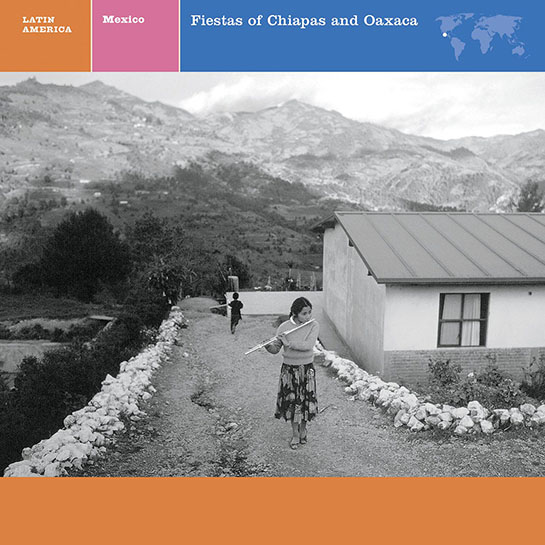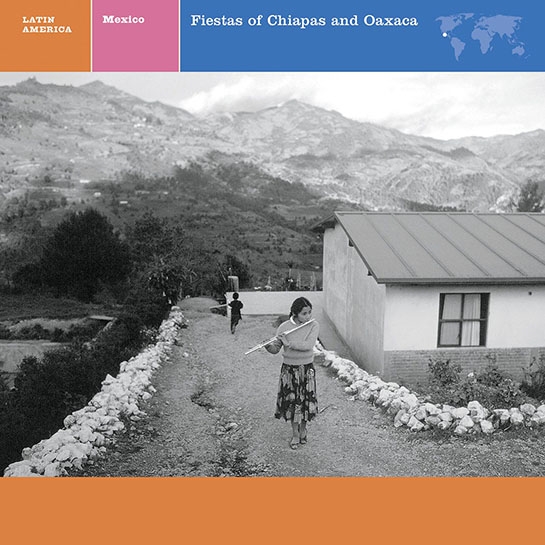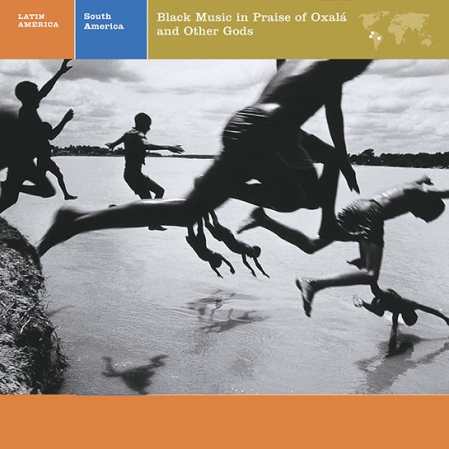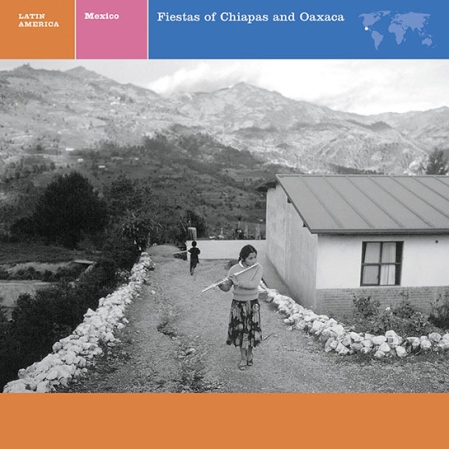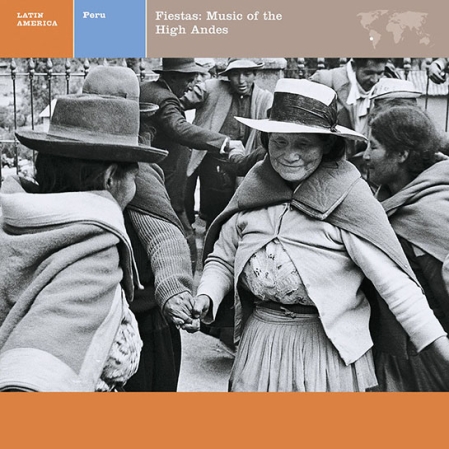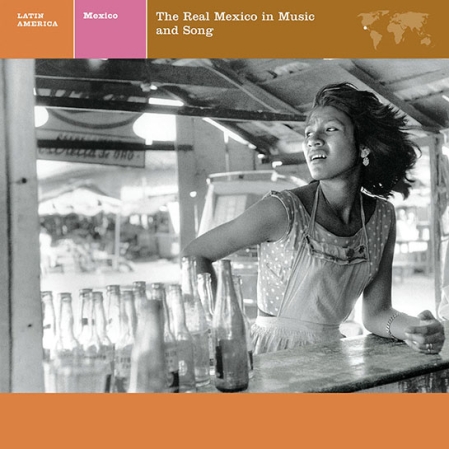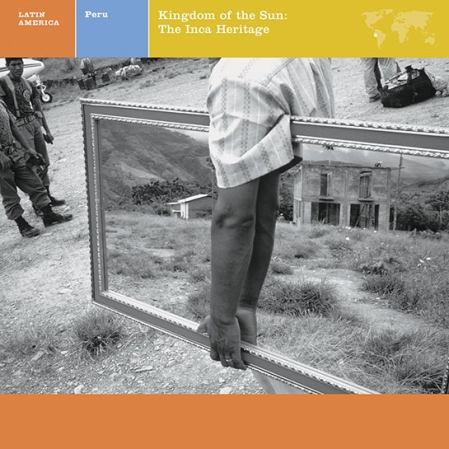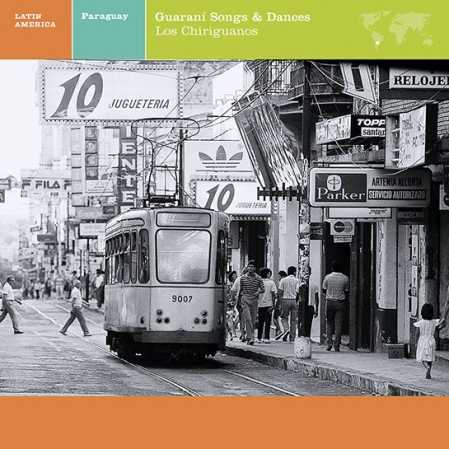This record gives a taste of Mexico’s rich musical heritage, presenting a dozen different musics from Chiapas and Oaxaca. Reflected is a mestizo culture that emerged from the intermarriage of indigenous and European peoples after the 15th-century arrival of Spanish conquistadores. The Sunday Telegraph called it essential listening, "the next best thing to being there.”
In order to provide a historical context for this recording, the liner notes that accompanied its original release have been reprinted in full. —Ed.
Southern Mexico is a land of dramatic contrasts: damp, chilly highlands and hot, dry lowlands, jungles and beautiful beaches, and the incredible ruins of great Indian civilizations—Chichen Itza and Uxmal, Mitla, and Monte Alban. Here, in the 15th century the descendants of these great cultures fought the rapacious conquistadores. A new race, the mestizos, emerged from the intermarriage of Indian with European; soon, they predominated. From this union came a music very different from its sources. While European instruments supplanted the native originals, the Indian style of performance gave the music an unmistakable inflection. Elements of black culture, such as the use of the marimba—descended from an African instrument brought by slaves to Central America—also made a significant contribution. This record gives some idea of Mexico’s rich musical heritage, presenting a dozen different kinds of music from just two states—Chiapas and Oaxaca (pronounced wa-ha´-ca)—in southern Mexico.
The city of Oaxaca lies in the central highlands of the state of Oaxaca and is its capital. There is always music in the Zocalo, the city’s main plaza—brass ensembles, a marimba band, mariachi groups, a pair of blind singer-guitarists. West of the city, the mountains yield to coastal plains as the land meets the Pacific Ocean. Here lies Pinotepa Nacional, a noisy bustling market town serving a predominantly agricultural area. Its music shows some influence from a nearby enclave of black villages. To the south lies the Tehuantepec Isthmus, which separates the highlands of Oaxaca and Chiapas. The Isthmus has a remarkable variety of musical styles: ancient, possibly pre-Hispanic dance tunes for flute and drum, music for wind bands stemming from colonial times, festival dances for violin and drums, and troubadour songs in Zapotec and Spanish.
Still further south are the Chiapas highlands, which extend to the Guatemala border. Chiapas is the most predominantly Indian state in Mexico. While Oaxacans are proud of their Indian ancestry, and may even speak Zapotec, Mixtec, or Zoque (the tribal languages), they appear to be more mestizo than Indian. In Chiapas, the people still bear the features of their ancestors, the Mayan Indians, and there is a clear-cut distinction between the Indians, who live mainly in their own communities or among the milpas where the corn is grown, and the ladinos—mestizos who live primarily in the towns. Generally, the Indians occupy the farms and work in crafts, while the ladinos are the middlemen with whom the Indians trade. The two groups have distinctive lifestyles and music.
WALTER F. MORRIS, Jr. & DAVID LEWISTON
PRODUCTION CREDITS
Recorded in Mexico by David Lewiston
Originally released in 1976
Field Advisor (Chiapas): Walter F. Morris, Jr.
Mastered by Robert C. Lewis (Masterdisk Corp.)
Coordinator: Teresa Sterne
Re-mastered by Robert C. Ludwig
Design: Doyle Partners
Cover photograph: David Alan Harvey / Magnum Photos. Mexico. Oaxaca. 1992. Mile region music school.
Additional photographs: David Lewiston
79732
MUSICIANS
Los Chiriguanos
Angel Sanabria, vocals, guitar
Pablo Vicente Morel, harp
